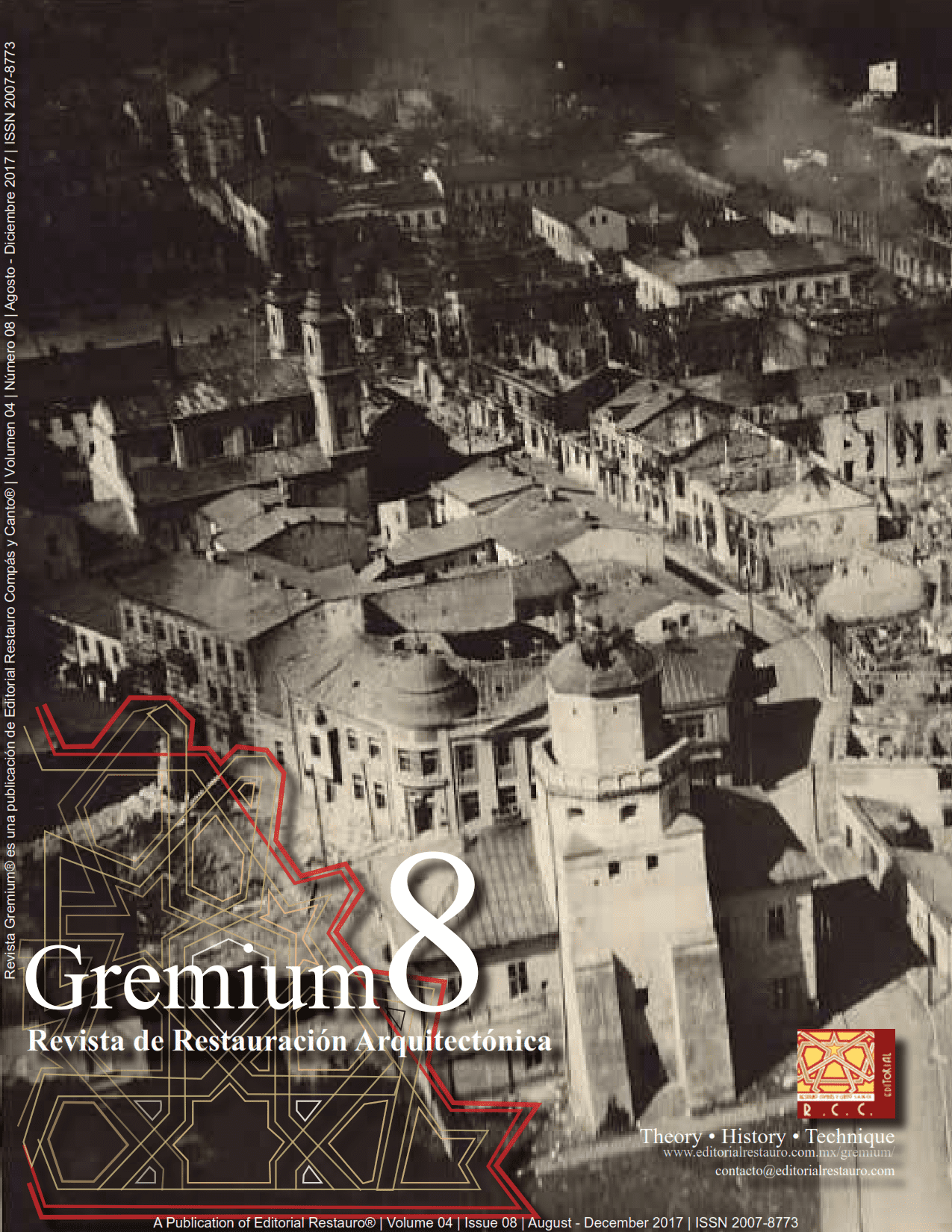Sustainability notions in vernacular heritage of Choapa Valley
DOI:
https://doi.org/10.56039/rgn08a09Keywords:
vernacular architecture, Choapa valley, Sustainable habitatAbstract
In a globalized world that aims to be more sustainable every day, is necessary to observe the past experiences to conceive future solutions. Base on this premise it is understood that the traditional constructive cultures of every country are an important source of knowledge, which is why to raise the question: in which aspects is the vernacular architecture a contribution for the creation of sustainable buildings? The study of Choapa Valley contributes to answering that query. The Choapa Valley is an oasis located in the semi-deserted region of northern Chile, which have different geographies, weathers and natural resources on availability, with which the population has made-up their habitat trough long centuries, generating diverse local identities and leaving evidence of a clear relationship between natural and built environment. Thus, this research shows a cultural building and anonymous heritage, establishing, throughout the study of the vernacular constructions of this territory, criteria for sustainability on its three scopes that apply to the contemporary architecture. Among them stand out the use of local natural resources without risking their ecosystems, building with local labor, respect for tradition, the incentive of community life, recycling materials and adaptation to environmental conditions both in the design, location, and construction solutions. Those characteristics made
these buildings a live model of sustainability both contemporary and future architecture.
Downloads
Downloads
Published
Issue
Section
License

This work is licensed under a Creative Commons Attribution-NonCommercial-ShareAlike 4.0 International License.























